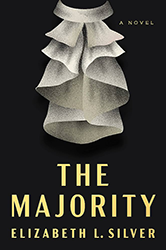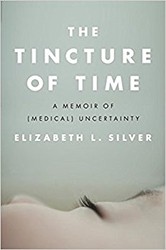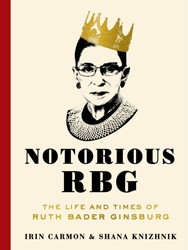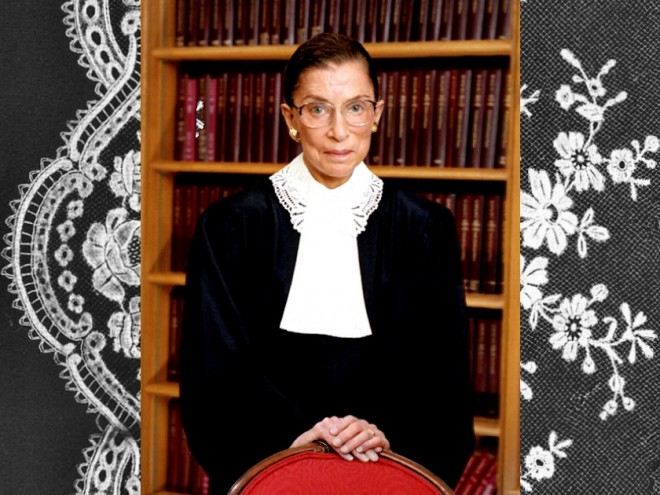
Western Wall, 2007, Photo by Avishai Teiche
In the summer of 2022, my family traveled to Israel for the first time as a complete unit. My daughter was eight and my son six. When we arrived in Jerusalem, we went straight to the Kotel. We had explained the significance of the Western Wall to our children so they were prepared with little notes to place between the stones. I was excited to show them this, the holiest of all sites in our culture and religion. The majesty and power of the Western Wall consumed us as we covered our shoulders and observed the large crowds visiting as tourists, residents, secular Jews, religious Jews, non-Jews. We walked towards the wall as that same unit of four to get close to it and place those little notes inside, and then my husband and son went to the men’s side and my daughter and I went to the women’s side. In a single breath, my family was separated. Still, our hands touched the stone wall and it felt magical; we said a few silent words, placed our notes in the wall, and left.
At first, the kids went along with the tradition, a bit confused.
“It’s just the way it is here,” I said to them, with a nod to the song, “Tradition,” from Fiddler on the Roof. We explored the site a bit more, my daughter with me and my son with my husband. My daughter and I could see from afar that the men’s side was larger than the women’s side, almost double in size. It had libraries and scrolls, shade, and a place to sit. This was my third visit to the Kotel, but the first time I really noticed these details.
My daughter turned to me, her face sullen and her eyes wide.
“Why is their side so much bigger?”
For the entirety of their short lives, I’ve only shown my children narratives of equality, or at least attempted equality. They had never seen the Disney of old, films like Sleeping Beauty or Snow White, and instead I had shown them the new Disney, Moana and Frozen. They were reading from a wealth of children’s books on Ruth Bader Ginsburg, Hillary Clinton, Golda Meir, and Sonia Sotomayor, and I was working hard to try and normalize gender equality at home so that they would grow up knowing and believing that anything is within their reach.
But then, my daughter asked again, “Why do they have chairs and a library and we don’t on our side?”
And in a single afternoon meant to illustrate all the strength and beauty of our culture, it was as if all of the work I had done was unraveled.
“Because it’s the men’s side,” I said back, and could almost hear the song “Tradition” break, a dozen instruments falling all at once, the proverbial scratch on an old LP. I had focused on trying to maintain a sense of equality, but at this moment I knew it was really only an illusion of equality. I thought that if they grew up seeing equal representation, then it would free them to go out and be unencumbered in the world, but I had failed to prepare them for the sudden shock and weight of tradition that still saturates so much of our lives today.
This is a central conflict we face today: how do we maintain and preserve the beautiful customs of Judaism, while also working towards a more progressive, equal society? Years before this trip to Israel, it was with many of these issues that I was struggling as I wrote what would become my third book, my second novel, The Majority, which is a fictional story of a first female Supreme Court Justice.
By shielding them from certain realities, I have done them a service and a disservice simultaneously.
The book directly explores this question by telling the story of Sylvia Olin Bernstein, the “Contemptuous SOB.” Sylvia is also the first Jewish woman on the Supreme Court. In the novel, I follow Sylvia’s long path to power — from early moments in her life, through law school, motherhood, work, and beyond.
Early in the novel, when Sylvia is twelve years old, her mother dies, and her father invites an Orthodox rabbi to conduct the minyan at the shiva. The rabbi does not count her in the minyan, and thus excludes her from participating because she’s not a man. This is a turning point for Sylvia, as she is prevented from mourning her own mother as part of this long-held rite. She eventually confronts the rabbi about this, having researched Jewish law, and explains that these laws do not come from the Torah, but rather from tradition. In other words, it’s interpretation, not law, and it is these early influences that inform Sylvia’s journey later in life.
When I brought my own young children to the Kotel in the middle of writing this book, I realized that I hadn’t prepared them for the history and traditions entrenched in our culture. No matter how much I raise them to believe in equity, fairness, and justice, at that holiest of sites, it feels as though my values are not upheld. By shielding them from certain realities, I have done them a service and a disservice simultaneously. How can we move forward without understanding and acknowledging traditions? How do we reconcile the millennia of history and traditions, with so much of today’s world? Perhaps an answer is to demonstrate where we are now, and where we have been in the past. Through that, we can show our love and our inquisitiveness, perhaps even our dissent, and see what we can do to help transform while still feeling connected to a history and tradition that runs deep in our veins.
And with that, “Tradition,” the song, began to play again.
In The Majority, when Sylvia isn’t counted in her mother’s minyan to recite the Mourner’s Kaddish at shiva, this doesn’t dissuade her from Judaism or pursuing her values; rather, it teaches her to embrace both. It teaches her how to research and think like a lawyer, and to investigate law in order to understand the origin of some of these traditions. “This is exclusion, not exemption,” she says. “And exclusion is based on custom. Custom is not written down in any book.”
Indeed, we can make our own traditions, customs, and continue to respect the old, but start to add to it, too. Which is exactly what my family did in Israel last summer, when we proudly placed our wishes for a stronger future in the stones of the Western Wall.
Elizabeth L. Silver is the author of the novel, The Majority, as well as the memoir, The Tincture of Time: A Memoir of (Medical) Uncertainty (Penguin Press), and the novel, The Execution of Noa P. Singleton (Crown). Her work has been called “fantastic” by The Washington Post, “masterful” by The Wall Street Journal, “important” by The Los Angeles Times, has been published in seven languages, and optioned for film. A graduate of The University of Pennsylvania, Temple University Beasley School of Law, and The University of East Anglia’s Creative Writing MFA, Elizabeth has written for The Washington Post, The Guardian, New York Magazine, Harper’s Bazaar, Ms. Magazine, Los Angeles Review of Books, McSweeney’s, and others, and currently teaches creative writing with the UCLA Writers Program. She is the founder and director of Onward Literary and lives in Los Angeles with her family.



